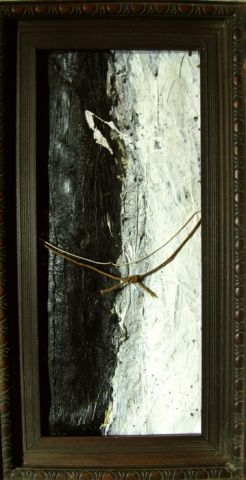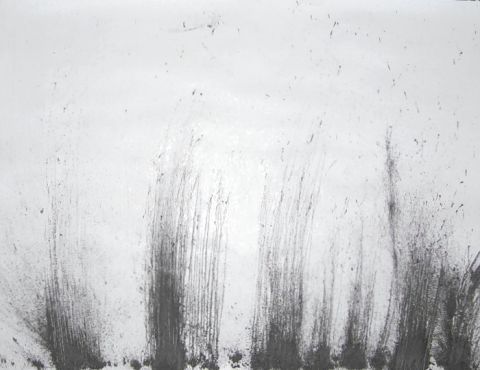Here are some lessons I’ve learned from reading art history:
– Don’t feel you have to destroy your work if you didn’t succeed, hold onto it and when they find you it will all be there for them to see (lesson from Louise Bourgeois).
– Sometimes it takes 25 years for someone to buy for a song and resell for a small fortune, that dusty work in your studio corner, turning it into a masterpiece and you a genius (lesson from Picasso).
– Keep working and follow your own path (from Phillip Guston).
– Art historians are trying to figure this stuff out too.
– Make friends in the art world, it’s a cold indifferent place and having someone to talk to is nice (learned from Robert Rauschenberg).
– Keep working, it takes a long time for people to find you and listen.
– Only if you are young & British, have a degree show and have Charles Saatchi actively collecting at the same time will you have instant success.
– Hook up with a gallery when it’s emerging too, chances are you will make your mark together (learned from Leo Castelli).
– Think for yourself, nobody wants a copycat, unless you’re Sturtevant
– Anything goes in art – up to a point. Art that looks at old issues in a new way or new issues that haven’t been realized yet get noticed (learned from Gillian wearing).
– Make time to read, you’ll see more clearly how you stand.
– Write plain English and don’t use art-speak, it’s a piss-off and it only looks like it covers the fact you have nothing to say and know it (learned from E.H. Gombrich – meaning his explanations are perfect).
– Learn the vocabulary so you know when someone is trying to cover the fact they have nothing to say and know it (learned from Rosalind Krauss – meaning she is never fooled).
– The art-speak vocabulary comes from philosophy and we all know how straight forward those guys are!
– Think for yourself, you’ll find other artists around the world have already had the same thoughts, proving two things: 1. there is no original thought 2. you’re connected
– Be patient and let a concept develop. What you’re working on now may not be relevant but it may lead you to something that is (learned from Jackson Pollock)
– Artists are made not taught (learned from Rob Turner)
– Keep your personal and artistic integrity. You may become an influence first and a success second (learned from Richard Diebenkorn)


